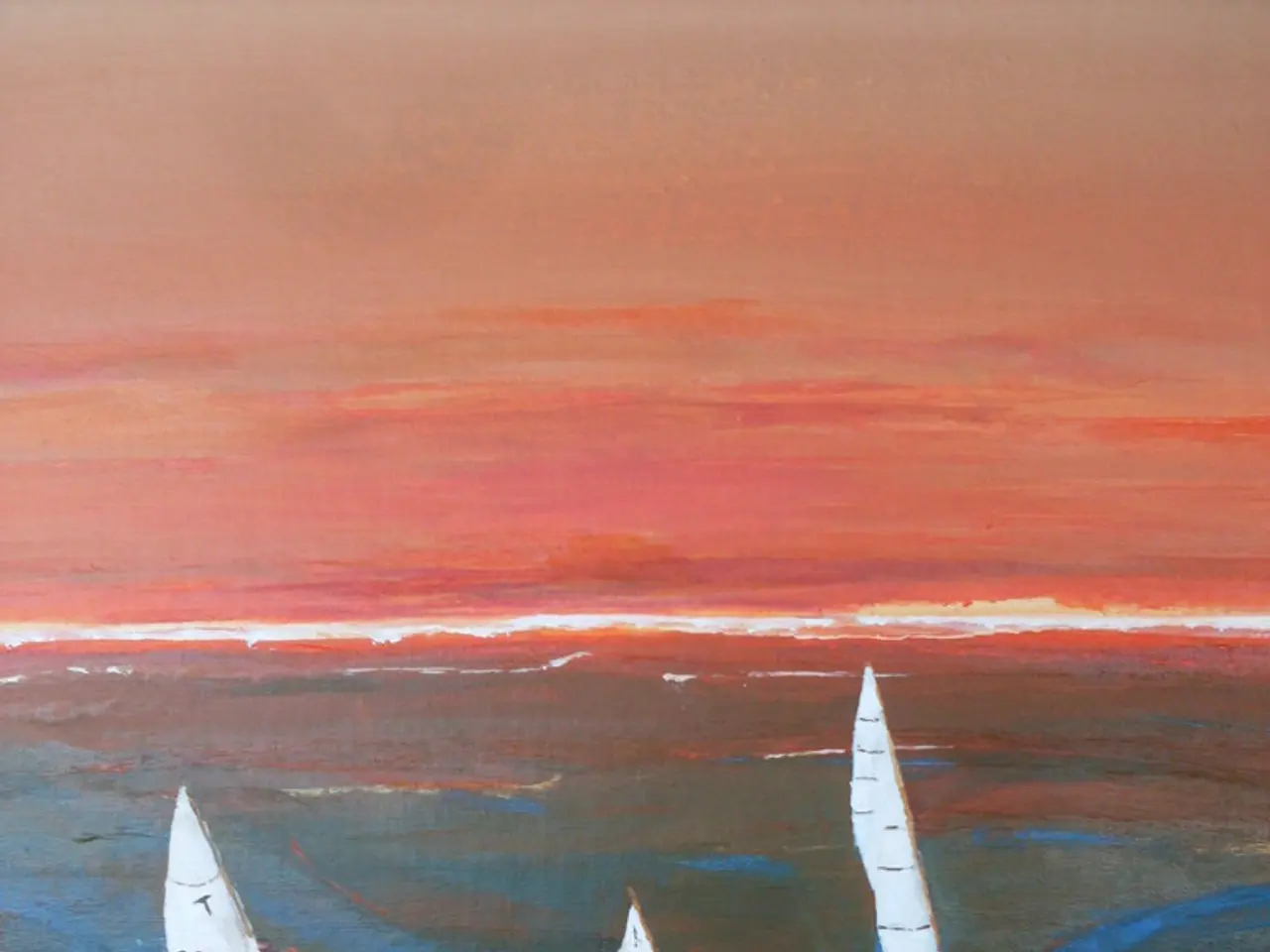Weighing In: Opinions About the Fateful Voyage of the Titanic
In the realm of maritime history, the Titanic undoubtedly holds a special place in our collective consciousness. However, there are numerous other significant maritime disasters and historical events that have left lasting impacts on popular culture and maritime safety.
One such event is the Empress of Ireland, a ship that sank in May 1914 in the St. Lawrence River, resulting in over 1000 deaths out of 1477 passengers. This tragedy, often overshadowed by the Titanic, remains Canada's worst peacetime maritime disaster. It highlighted the dangers of limited communication and poor visibility at sea, influencing discussions on maritime safety.
Another notable disaster is the MV Wilhelm Gustloff, the deadliest maritime disaster in history with an estimated 9,000 deaths when the ship was torpedoed by a Soviet submarine during World War II. The high civilian toll and the wartime context have made it a significant but less publicized tragedy, influencing discussions on maritime warfare and refugee evacuations.
The Andrea Doria, a luxury passenger liner, collided with the Stockholm near Nantucket in 1956. Despite a highly effective rescue operation saving most aboard, 46 died. The incident gained media prominence and led to legal battles, influencing maritime collision protocols.
Besides these, the Penguin ferry sinking in New Zealand in 1909, the Mohawk off New Jersey in 1935, and the Dix ferry disaster near Seattle in 1906 each contributed to regional maritime safety reforms and collective memory.
These disasters, alongside the Titanic, have shaped maritime regulations (especially lifeboat requirements and navigation safety), inspired extensive media portrayals, and remain focal points in cultural reflections on human error, nature, and technology at sea.
While the Titanic continues to be a subject of fascination, some argue that there are too many Titanic-related events and exhibitions. Judith Lachapelle, for instance, proposes exploring other maritime epics. She suggests that there are other historical events and disasters that warrant equal attention, such as the Empress of Ireland, Wilhelm Gustloff, and Andrea Doria.
In the world of cinema, James Cameron's Titanic film is one of the biggest successes in history. Released in 1997, the film cost $200 million to make and grossed $2.26 billion at the box office, making it the fourth highest-grossing film of all time.
Meanwhile, in Quebec City, an exhibition on the Titanic is currently at the Musée de la civilisation and is often sold out on the same day. Another Titanic exhibition started last week at Place Bonaventure in Montreal.
However, the debate about whether the Titanic occupies too much space in our minds, museums, and popular culture continues. Some argue that it's time to shift our focus to other maritime disasters and historical events that have had equally significant impacts on our understanding of the sea and our history.
References:
- Empress of Ireland
- Andrea Doria
- Wilhelm Gustloff
- The Empress of Ireland tragedy, like the Titanic, has influenced discussions on maritime safety, especially in the realm of communication and visibility at sea.
- The Andrea Doria disaster, while often overshadowed by the Titanic, gained attention through media portrayals and legal battles, influencing maritime collision protocols.
- Meanwhile, the sinking of the Wilhelm Gustloff, one of the deadliest maritime disasters in history, remains less publicized but has played a crucial role in shaping discussions on maritime warfare and refugee evacuations.
In addition to the French maritime history, these events demonstrate the importance of sustainable living in reducing the number of such catastrophes, as managing natural resources can prevent illnesses related to pollution, ensuring a healthier home-and-garden environment. Furthermore, exploring other disasters and epics in the movies-and-tv entertainment industry might promote a better understanding of our shared history.





